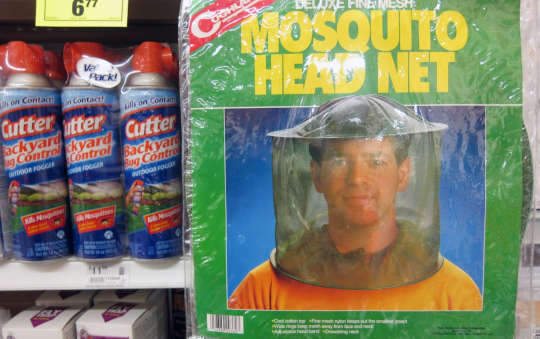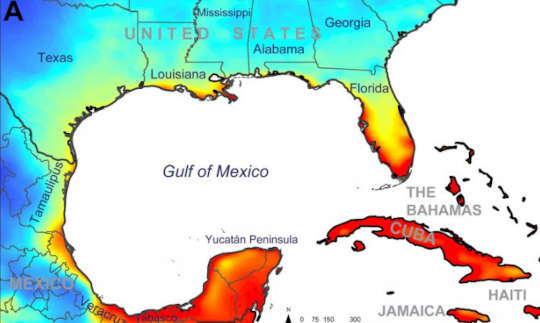 Now that the disease-transmitting mosquito Aedes scapularis has invaded the Florida peninsula, researchers have come up with a method to predict where conditions may be most suitable for its spread.
Now that the disease-transmitting mosquito Aedes scapularis has invaded the Florida peninsula, researchers have come up with a method to predict where conditions may be most suitable for its spread.
When a new mosquito species capable of transmitting disease arrives and shows signs it can survive across multiple urban and rural habitats it brings the potential for public health risk.
Aedes scapularis is a nonnative mosquito, just discovered in November 2020. It can transmit yellow fever virus, Venezuelan equine encephalitis virus, dog heartworm, and other pathogens to humans or other animals. It has a wide range, from Texas to parts of South America and throughout much of the Caribbean. The species is also widespread in Florida’s Miami-Dade and Broward counties.
In the latest study, published in the journal Insects, scientists indicated through model predictions that suitable environments for Aedes scapularis could be present along coastal counties in much of Florida.
 Model output predicting the potential distribution of Aedes scapularis. (Credit: Lindsay Campbell/U. Florida)
Model output predicting the potential distribution of Aedes scapularis. (Credit: Lindsay Campbell/U. Florida)
Get The Latest By Email
More specifically, the areas along Florida’s Atlantic and Gulf coastlines predicted to be highly suitable for this species are from Monroe and Miami-Dade Counties, north to Martin County on the Atlantic Coast, and in Citrus County on the Gulf Coast.
“At least 16 Florida counties were predicted to be highly suitable for Aedes scapularis, suggesting that vigilance is needed by mosquito control and public health agencies to recognize the further spread of this vector,” says coauthor Lawrence Reeves, a research scientist at the University of Florida’s Florida Medical Entomology Laboratory.
Suitable mosquito environments
The scientists used a process known as ecological niche modeling, which uses a machine-learning algorithm to predict the potential distribution of a species across the landscape. Researchers often use the process to determine areas that nonnative species could invade.
“We are able to predict the potential distribution of Aedes scapularis in Florida and parts of the southeastern United States including Texas, Louisiana, Mississippi, Georgia, and parts of South Carolina,” says Lindsay Campbell, an assistant professor of entomology and nematology.
“This model compares environmental and climate data from the native range of this mosquito in Central and South America with similar data from the southeastern United States and Florida to predict where areas might be suitable for the species,” Campbell says.
The researchers created a map showing suitable environments where the species could potentially spread, and while it does not show the probability that Aedes scapularis is located at an exact location, it can identify suitable environments for this mosquito as it continues to spread across Florida.
“This information is useful to mosquito control districts monitoring for Aedes scapularis, now that it has reached the mainland, and it can be updated regularly,” says Campbell.
Aedes scapularis and other new mosquitoes
The model included Aedes scapularis records across South, Central, and portions of North America, as well as from multiple Caribbean islands to help make accurate predictions.
In 2020, the team collected 121 Aedes scapularis specimens between Florida City in southern Miami-Dade County and the Pompano Beach area in northern Broward County. Combining these records allowed scientists to incorporate vital information about where the mosquito had been observed, with humidity and temperature values acquired from satellite remote-sensing data to make model predictions.
“The use of satellite remote-sensing data products enabled us to incorporate environmental conditions across the full geographic range of this species and to make a prediction about its potential distribution across the southern United States,” says Campbell.
The next steps for research of the new species include continuing to work with colleagues in the Florida mosquito control districts to incorporate new observations into updated models. Additionally, scientists have the opportunity to observe how the species is moving across the landscape and what types of local environments facilitate or limit its geographic spread.
“This information will provide valuable insight into potential risks associated with Aedes scapularis while also providing important information about potential outcomes for additional mosquito species introductions,” says Reeves.
Source: University of Florida
books_impacts







